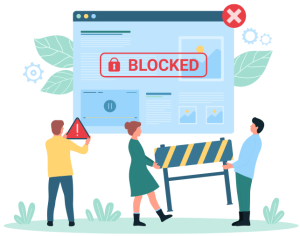I tell parents cyber safety is a moving target. The app popular with teens today is often out of vogue in just a few months. Today, Instagram is on every kids mobile device.
Instagram is a popular ph...
You're almost there...
Register or Login to your account to view requested content.

Joining the Cyber Safety Plus Membership has many benefits including:
- Exclusive Articles and Practical Advice
- Extensive Online Training Library
- Monthly Live Zoom Meetings
- Supportive Parent Community
- And More!




